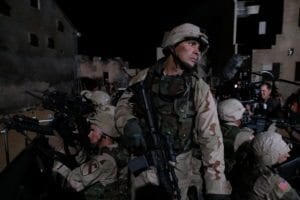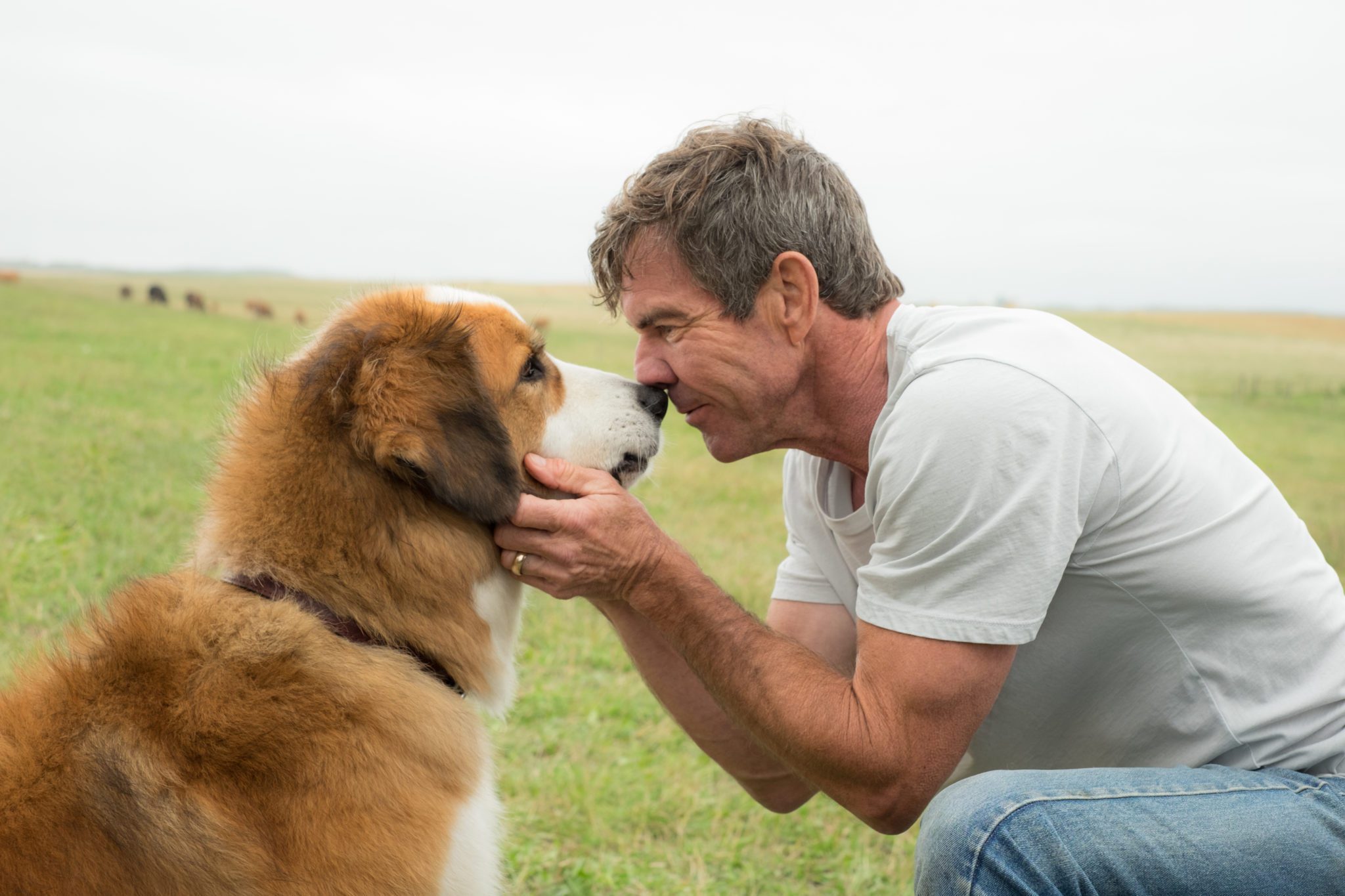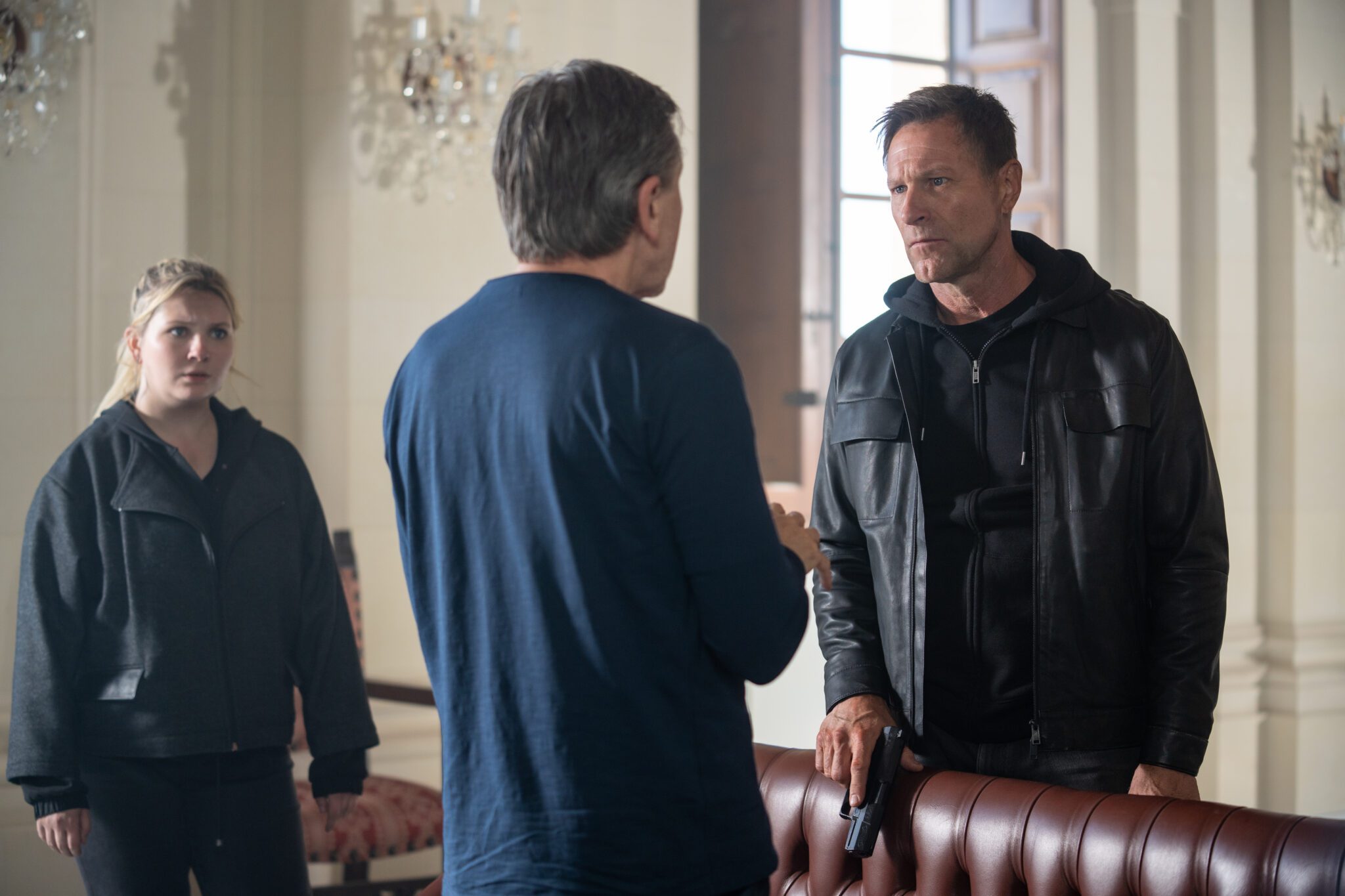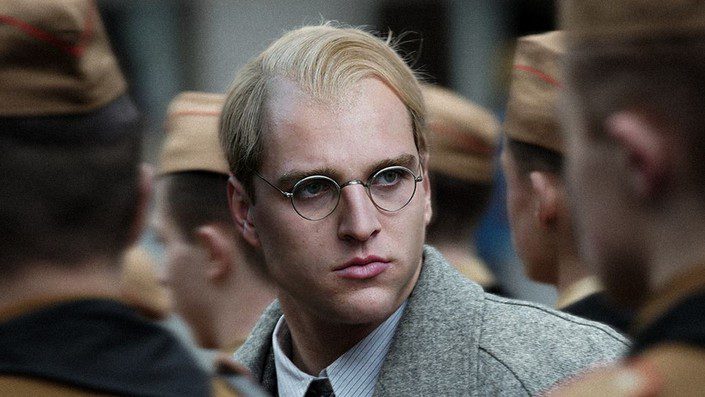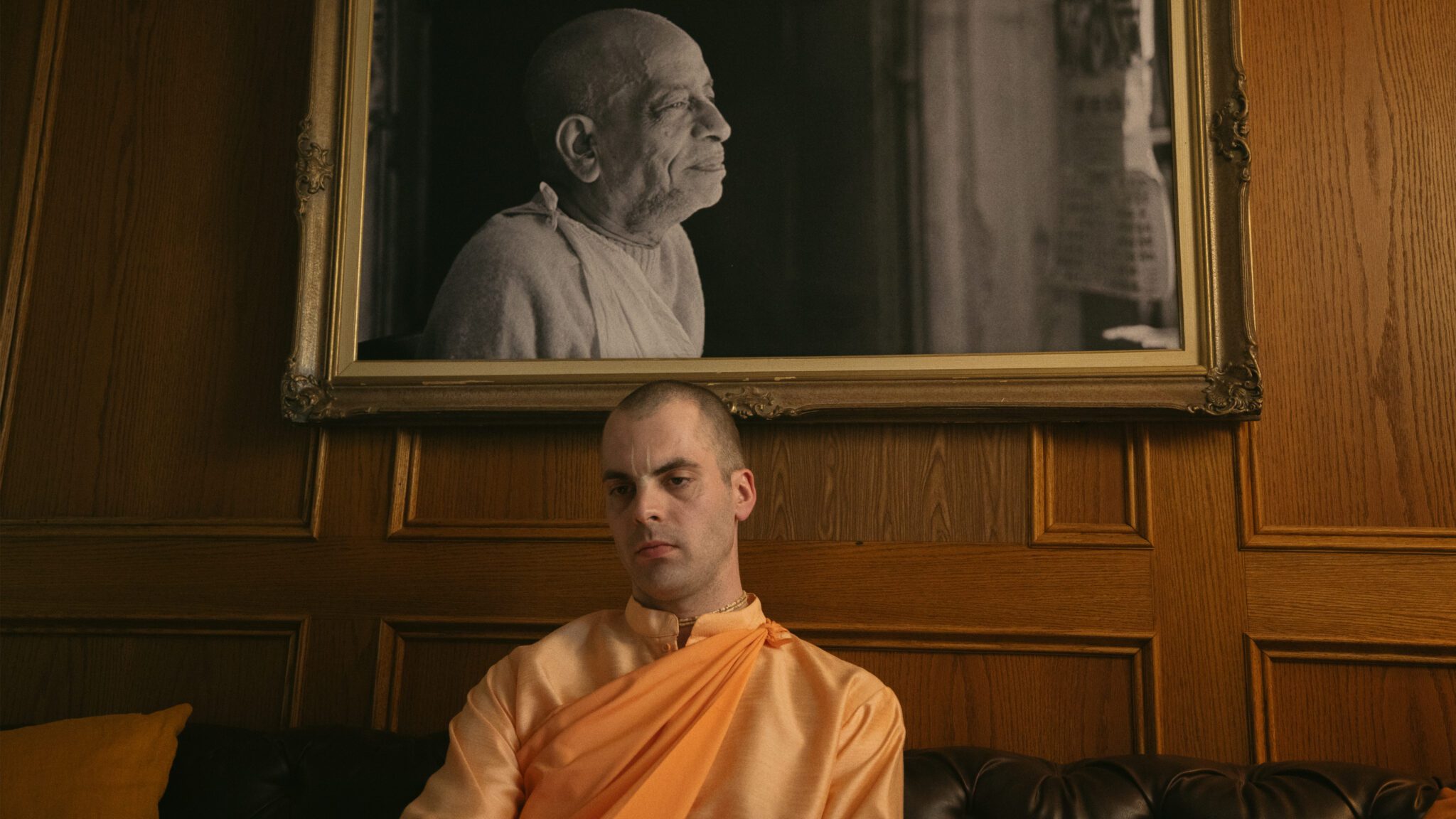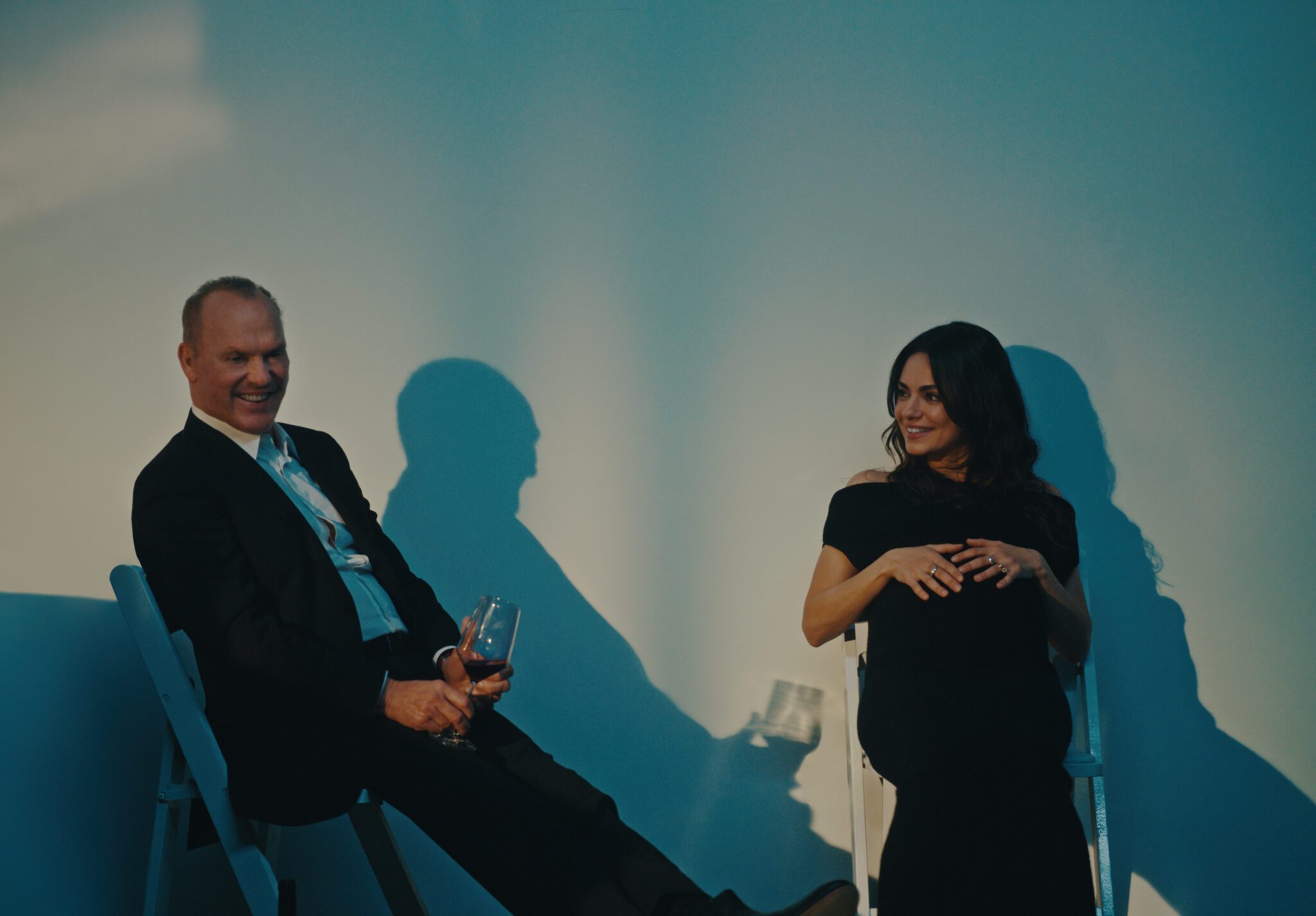Sequels are always incredibly difficult to create. After the incredible global success of?Train to Busan, South Korean...
hope
The opening of the recent film The Grizzlies silently follows a boy on a walk with his...
Aren’t Christians supposed to have it “all figured out?” Does the gospel really work? Can people change?...
The Newport Beach Film Festival presented by Pacific Sales continues to bring interesting films that may never...
not sure if you watch ABC’s?The Middle; if not, you might consider it it’s just a family...
The First Calvary's deployment wasn?t ?one battle and you get to go home;' it was ?stay until...
Ever since the Star Wars series began with what was later named A New Hope, the Force...
Although extremely melodramatic, A Dog?s Purpose is a decent film and showcases companionship in a often touching...
?Music is in us.? It is in our lives.? It cannot disappear.? That would be like the...
do you know about The Last Guardian? it’s this game that’s infamously been in development since 2007;...






